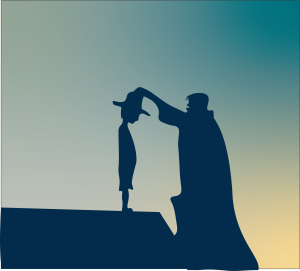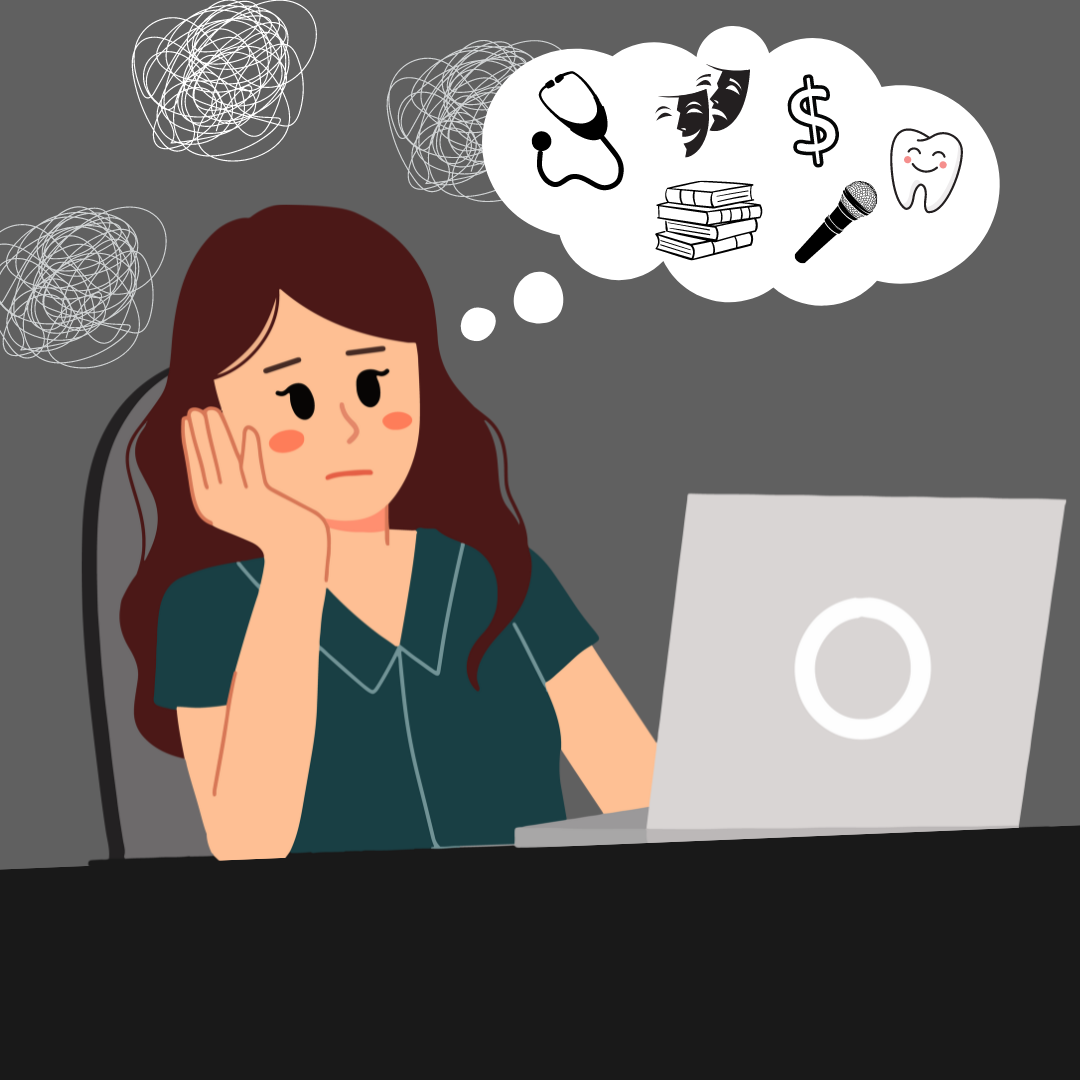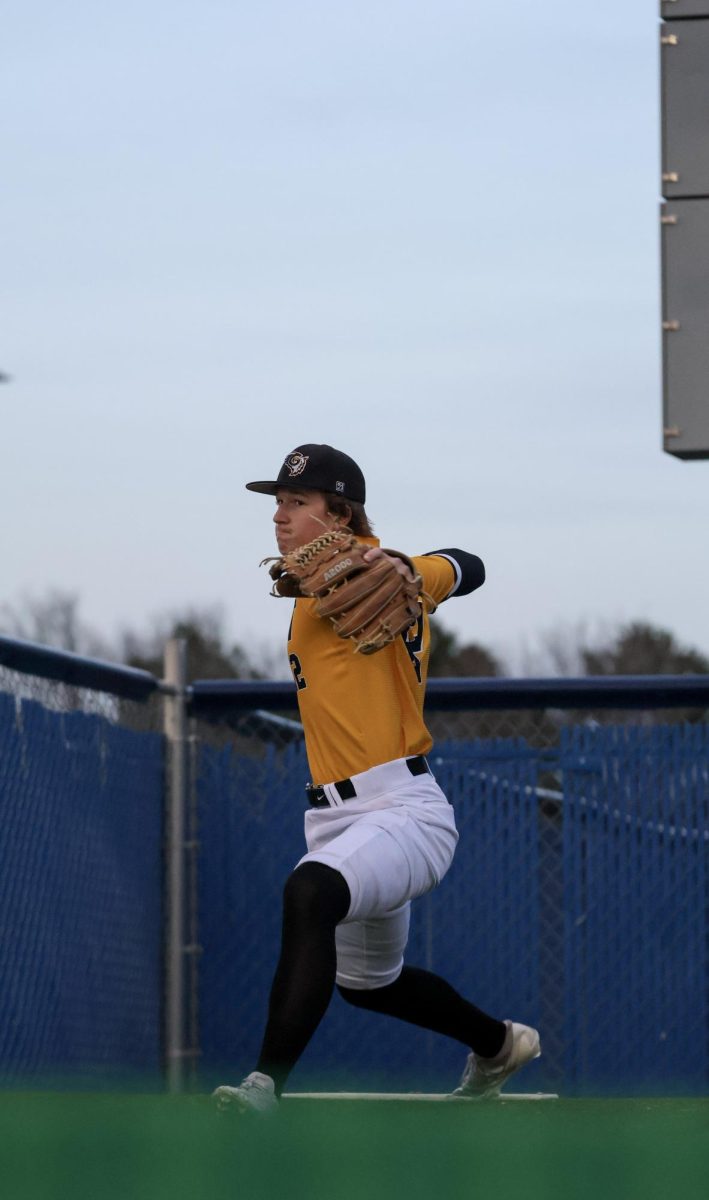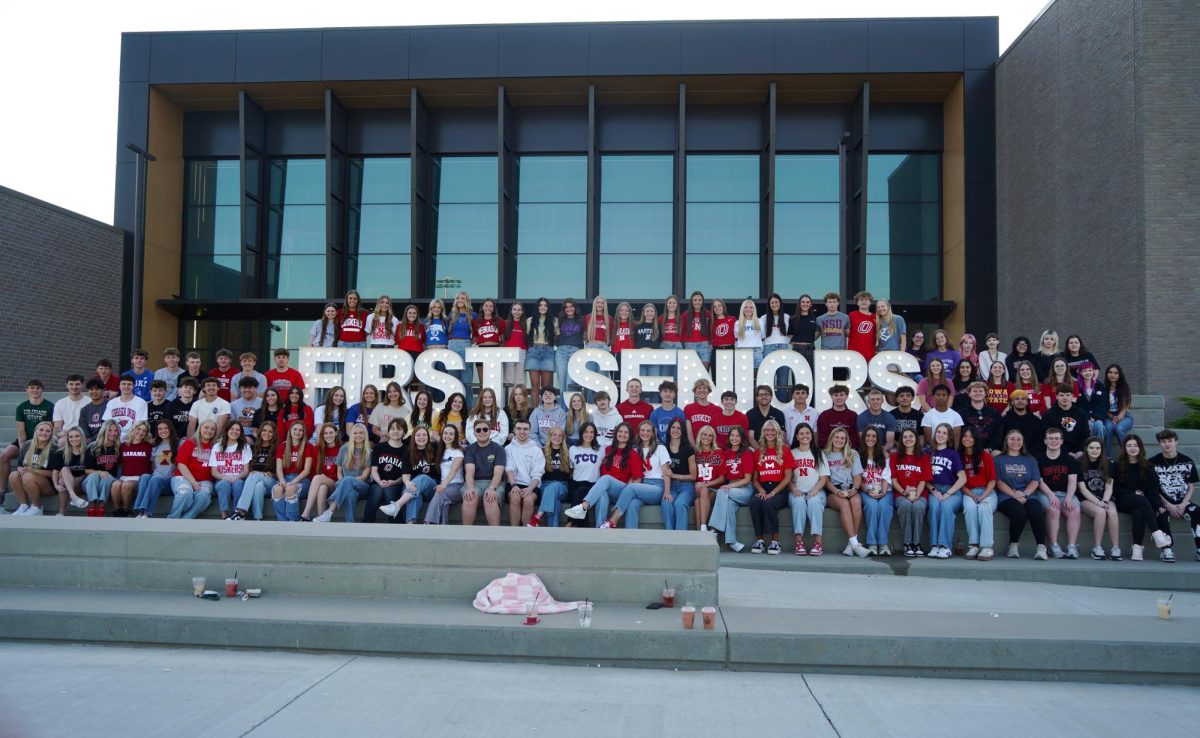-REVIEW-
Since the Writer’s Guild of America (WGA) strike caused creativity to diminish throughout the entertainment industry, one of the few ways to keep viewers engaged is to remake or reboot almost every successful media franchise.
With Eichiro Oda’s manga ,“One Piece”, selling over 500 million copies, the anime adaptation spanning well over 1000+ episodes, and a thriving community of fans since the manga debuted in 1997, it was inevitable that a live adaptation would be in order. Yet after Netflix fumbled with the live-action remake of the anime’s “Death Note” and “Cowboy Bebop,” fans, myself included, were nervous after “One Piece” was announced to be next on the chopping block.
Finally, on Aug. 31, the series debuted eight hour-long episodes and topped Netflix’s charts in 84 countries. This adaptation covers the East Blue saga, which contains six separate story arcs and introduces characters that still play a significant role in the story today.
The story follows Monkey D. Luffy, a cheery and hungry boy with the power to stretch like rubber, bent on becoming the King of the Pirates. As well as a crew of diverse and three-dimensional pirates with strengths and flaws manipulated and explored through the magical world of “One Piece.”

One of the main gripes fans have over live-action adaptations of anime is that Western companies tend to erase the Japanese/Asian culture integral to these characters and stories, such as Scarlett Johansson playing the Japanese cyborg, Mokoto Kusanagi in the reboot of the sci-fi, “Ghost in the Shell.” However, “One Piece” contains diverse and inclusive pirate crews and villains such as the protagonists, the straw hat pirates, having Brazilian, French and African members. So, all the actors chosen seemed more in tune with the original world and made sense for the story.
Along with the cast, I, divided over the show, criticized the fantastical settings and attributes from the source material that do not seem realistic in a live environment. Thankfully, from the set design to the costume design, they carefully added outlandish and fun aesthetics while keeping the format close to the original.
Despite the story staying the same, the episodes mixed and flipped events and characters around to create a more cohesive narrative that ties loose ends together. While I was unsure about the changes, I have to admit that the changes helped fix some of the problems in Oda’s beginning that seemed out of place. These changes also allowed some characters and interactions to blossom, whereas Oda forgot in the anime/manga.
Altogether, Netflix’s “One Piece” is a delightful and touching celebration of the series that both old and new fans alike can appreciate. With the notorious legacy of live-action adaptations, hopefully, fans can look up to more faithful and detailed adaptations of loved series.





























































